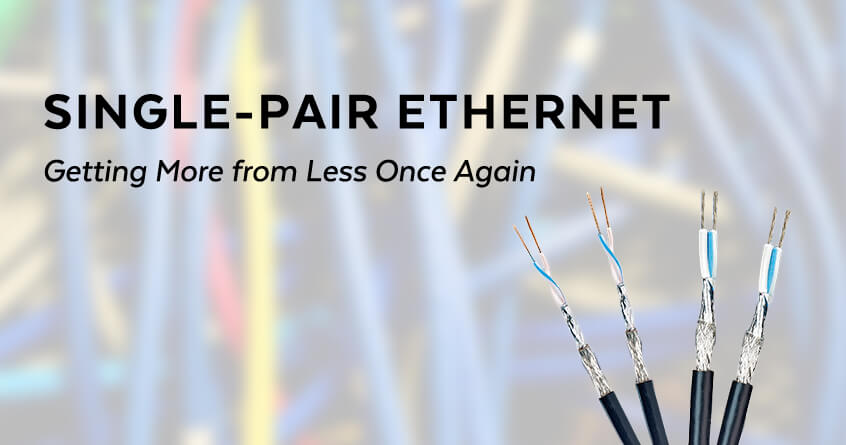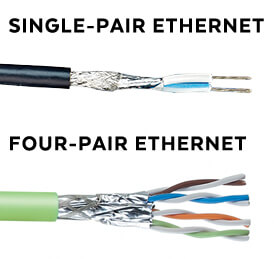“Houston, we’ve had a problem,” a message that begins one of the most harrowing moments in spaceflight history. On June 13, 1970, the Apollo 13 astronauts—Jim Lovell, Fred Haise, and Jack Swigert—alerted NASA that an oxygen tank aboard the command module had exploded two days into the mission.
Power in the space capsule was gone, and to survive, the astronauts had to move into the lunar landing module and stay there. The problem was the support system on the module was only designed for the moon landing and thirty-three hours on the surface. These men would need support for days, not hours, and the filters that scrubbed carbon dioxide from the air would soon become saturated and need to be replaced. CO2 at these levels is poisonous. They were becoming impaired in their ability to think. The command module had square filters; the connectors for those in the lunar module were round.
NASA needed to devise a way to adapt the two and provide filtration—using only things they had in both modules—to save these men. It also had to be simple enough for them to do in their current state, and time was running out.
Power over Ethernet (PoE) technology began in much the same way. Lives didn’t depend upon it, but bank accounts did. Innovators looked for ways to advance business technology, using what was already in the building. The cost of replacing cables in a commercial building is so costly and time-consuming, they realized they needed a way to use existing infrastructure to provide data and power to networks.
In the process, Ethernet was born and developers revolutionized workplace technology and how we power it.
How PoE Technology Delivers Power & Data
At first, Power Sourcing Equipment (PSE) sent power and data using 2-pairs of the copper wiring inside of the preexisting Ethernet cabling. At this point, Ethernet cabling was a legacy installation used for telecom equipment. As the demand for power and speed grew, developers successfully moved from Cat5 to Cat5e, Cat6, and beyond, expanding to a 4-pair delivery model based on IEEE 802.3bt.
The subsequent thickening of cables has resulted to accommodate noise-reduction shielding components. These cables are more robust and perfect for all of the 90W solutions used in smart building environments.
These bulkier cables, however, are harder to work with, and while that isn’t so much an issue with underfloor, ceiling, or behind-wall installations, it’s not ideal in industrial settings. The more cumbersome grade cables take more effort to bend around corners, and they cost more.
Not surprisingly, cost and a need to accommodate additional physical layers, has led to the development of a simpler model—single-pair Ethernet. This new protocol is still in the future, and PLANET doesn’t have any production products, but it’s significant enough to unpack and discuss how it works.
What Is Single-Pair Ethernet?
Single-Pair Ethernet (SPE) is a last-mile delivery model designed to address the needs of the Industrial Internet of Things (IIoT). The IEEE 802.3 approved it last November (2019). The new 10Mb/s single pair Ethernet standard extends the traditional range of Ethernet to 1000m of single-pair twisted copper, while it adds the two new physical layers in the specifications.
Because it is for industrial use, SPE also includes a multidrop with 8 nodes on 25m of cable. This new single-pair approach supports Edge and industrial automation networks.
Multidrop bus is a computer bus in which all components are connected to the electrical circuit. Simultaneously, an arbitration process determines which device sends data at precise points during the process, while other devices synchronize with the data they receive.
How SPE Works
As the world adopts the Industrial internet of things (IIoT) and 5G technology, new enhanced cable networks are needed. The current 4-pair Ethernet cabling model deployed in 802.3bt is bogging down the synchronicity needed in these multidrop bus configurations.
Unlike Cat6 with it’s added size and weight to accommodate the shielding and tighter twists of copper, SPE shrinks the size and weight by close to 75 percent. This makes it more cost-effective, easier to thread around corners, and saves time, as it allows more cables in the same space.
SPE makes the IIoT and Industry 4.0 possible. And because of its 1,000m reach, it’s perfect for installation over large geographic areas.
SPE standardizes PDs to one network protocol. In the long run, that adaptability will allow organizations to simplify their network components and save money.
This compatibility makes SPE a home run for use in manufacturing, for implementing network automation and process control systems. It’s also going to be easy to deploy SPE for a wide range of devices, such as physical security door controllers, surveillance cameras, and motion detectors.
The adoption of SPE will ramp up as PDs become compatible with this mode of power and data delivery. Most of the increasingly sophisticated PoE technologies are currently designed for 4-pair delivery.
Industry 4.0 Plus SPE Equals Future-Proof Networks
SPE will play a key role in transforming traditional and industrial networking methods allowing them to function more efficiently. Simpler processes will pave the way for flexibility and help manufacturers adapt to changes within the market. This something we’ve witnessed recently with COVID and the production of ventilators and personal protective gear for healthcare workers. Nothing could be more powerful than battleship sized operations like Boeing, General Motors or Ford quickly change gears in order to help save lives.
Adaptability in tough circumstances is the type of thing that’s helping save lives. SPE has a place in this picture, and to borrow a phrase from the problem solvers at NASA: take this new technology and fit it to this existing context to bring solutions we’ll-know-more-about as needs arise.
The CO2 Scrubber
Back to the Apollo 13 mission—the team at NASA figured out a connector using, among other things, the cover of the flight manual, a suit hose, a plastic bag, and duct tape. The Apollo 13 CO2 Scrubber is a legendary example of problem-solving and aided in the safe return of three very relieved men.
SPE Last Mile Solution
SPE combines the inherent stability, reliability, and safety of PoE and brings it into full-scale use in industrial settings. This technology has the potential to take manufacturing to new levels of productivity and customized product development in the months and years ahead. Learn more about PLANET’s portfolio of industrial IoT PSE products.

